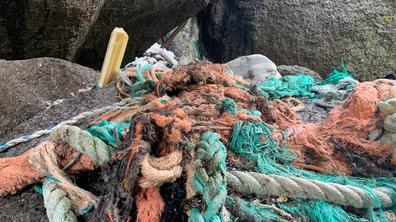Consumer-related waste is one of the main sources of marine litter and is the waste that originates from me and you. Examples include household products, drinking bottles, bags, hygiene products or single-use plastics and findings like these are, for example, recorded in Rydde under the “Personal consumption” category. Consumer waste may originate from personal consumption on land or may have been dumped into the sea from ships and it appears that the further south in the country you are, the greater the proportion of consumer-related waste. Consumer waste is registered as “land-based” waste by those who find such waste on the beaches, but it could also originate from “sea-based sources”, which complicates the identification of the origin of the litter. Through deep-dive analyses and systematic mapping, professionals have managed to define some outer limits for determining whether consumer-related waste could originate from sea or land. Volumes have been estimated and trends have been mapped using these analyses, which include regional differences, national origin, and possible causes of litter.
Food packaging is some of the most commonly found plastic waste along beaches, including EPS (polystyrene) from fast food and disposable products. This type of packaging and a number of other single-use plastic items that have dominated litter from consumers have now been banned. It is estimated that household products represent around 30,000 tonnes of plastic waste each year nationally, but there is once again great uncertainty associated with such estimates.


